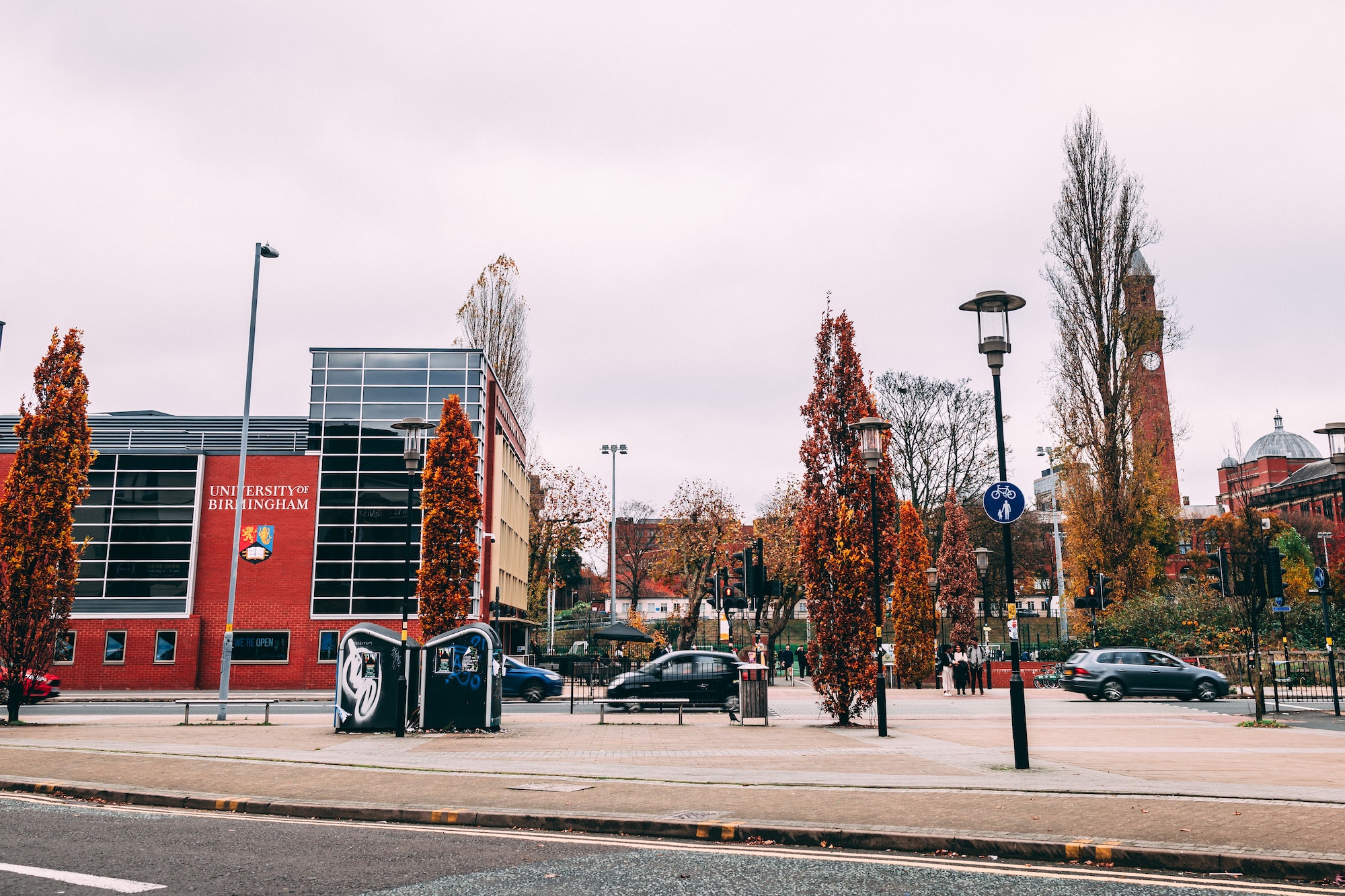
Culture’s Nadia Sommella reviews the Barber Institutes new exhibition ‘Cornwall as Crucible’
The Barber Institute’s new exhibition, ‘Cornwall as Crucible’, transports us to St Ives in the 20thcentury. The vast sea, the towering cliffs, the light reflecting off the water, the texture of the sand beneath our feet, the wind whipping around our cheeks. It is all tangible. St Ives has been a centre for art production since the 19thcentury, as artists were drawn to the area due to improving transport links, the beautiful refracted light and the increasing popularity of painting outdoors, or en plein air. But it is perhaps an unlikely hub for Modernist art, with its geometric forms and blocks of colour.
it is perhaps an unlikely hub for Modernist art, with its geometric forms and blocks of colour
Nevertheless, several artists made Cornwall their home from 1930-1960, including Barbara Hepworth, Ben Nicholson, Peter Lanyon, Sandra Blow and Naum Gabo, and this is what the exhibition focuses on. In Cornwall as Crucible we explore the impact of the Cornish landscape on their work as well as the influences the artists had on each other. Working closely with one another in this relatively isolated region, a tapestry of ideas was created. The term ‘crucible’ is defined by the Cambridge Dictionary as “a place or situation in which different cultures or styles can mix together to produce something new and exciting”, a very apt title for this exhibition.
This collective consciousness is particularly evident when all their work is displayed in the restricted space of the Lady Barber gallery and the viewer can compare the works. The exhibition is one of Barber’s ‘artwork in focus’ exhibitions, in which one artwork from their main collection is chosen and the exhibition is built around it. In this instance that work is a new acquisition, Linear Construction in Space No.1 by Naum Gabo (1942/3), bought by the Barber in 2017, it is an unusually modern artwork in the Barber collection. This sculpture, a small cubic form made from woven strings of plastic perspex, does not scream nature. Rather it looks somewhat scientific or even futuristic.

Certainly, at the time this material, transparent and man-made, would have been cutting-edge modernity, beautifully described by Helen Cobby as the combination of ‘taught precision and ethereal beauty’ (see exhibition catalogue). And yet, the spiral created, is reminiscent of the balance and harmony present in nature, like a contemporary take on the Fibonacci sequence. Gabo drew inspiration from the natural world. When asked where he got the forms for his sculptures, he answered “I find them everywhere around me… in a torn piece of cloud carried away by the wind.”The work perfectly illustrates Gabo’s Constructivism, his belief that art was inseparable from science and industry. In St Ives engineering and precision illustrated by ships, and the routine needed to manage them, is mixed with the untameable sea and wild landscape.
the spiral created, is reminiscent of the balance and harmony present in nature
This exhibition encapsulates this, combining the rich texture of works such as ‘Chrome and Yellow’ by Paul Feiler with the linearity of works such as ‘Oval Form with Strings’ by Barbara Hepworth. The tactility of the works on display is not the only way the exhibition makes use of the senses. There is also ample written interpretation as well as audio recorded of the artist’s speaking when they were alive. This multi-sensory approach helps to flesh out the exhibition. Hearing the artist’s voices, we are reminded of their humanity, of their relationships to one another and the context of these artworks’ creation. Cornwall as Crucible debunks the myth that an artist is a solitary genius, working alone, isolated from the outside world. In reality, art creation is often collaborative. This is symbolised here by Cornwall itself, just like every element in the natural world impacts the other, the moon affects the tide and the wind affects the waves, so do artist’s affect each other.
All references are credited to the Barber Institute’s catalogue of this exhibition.
Comments